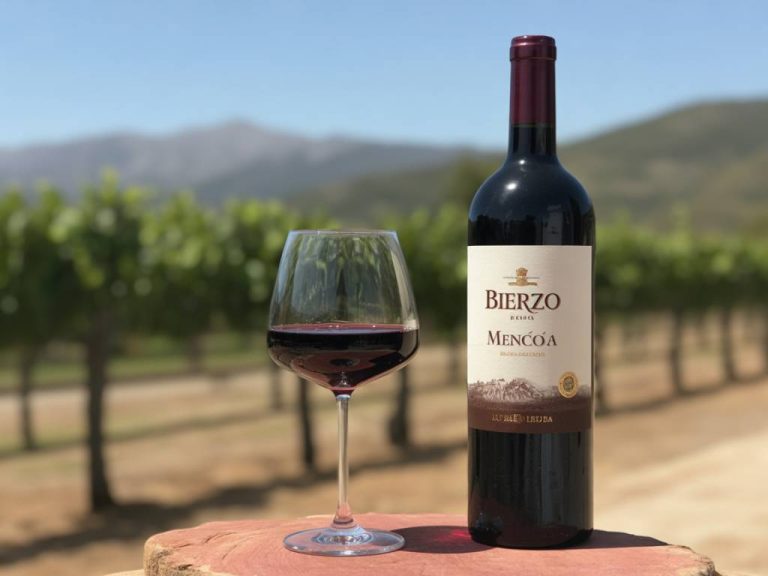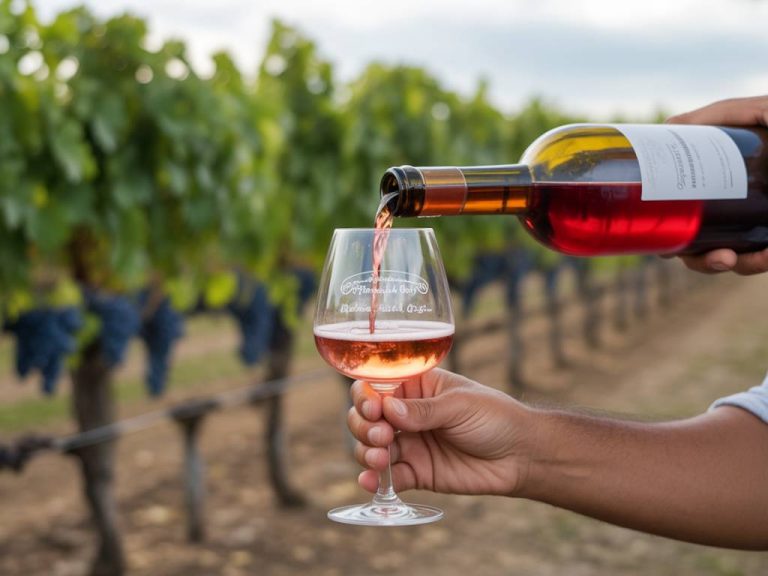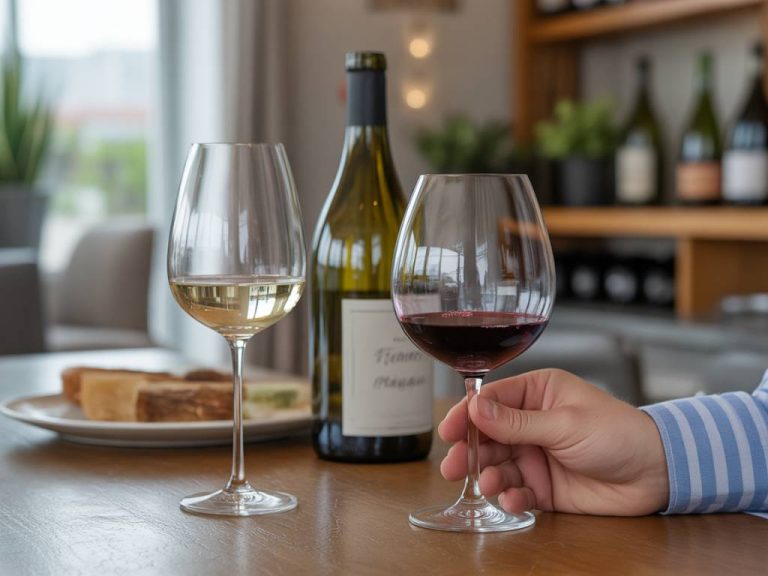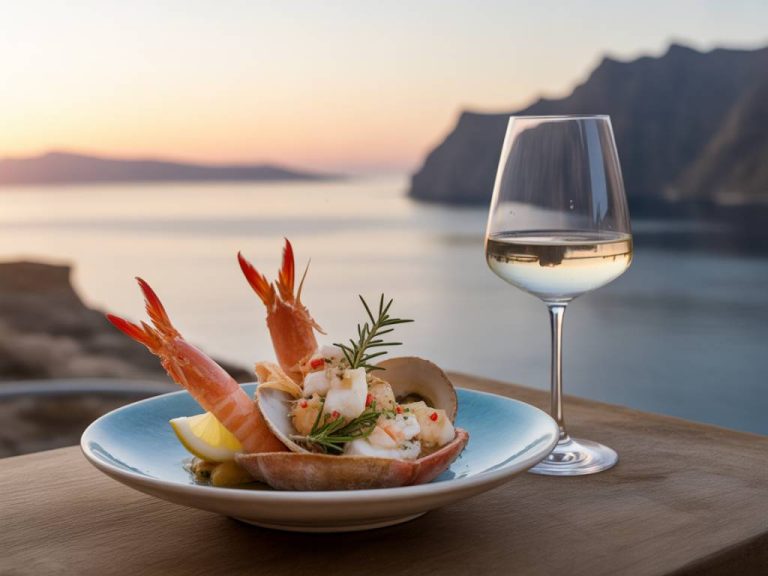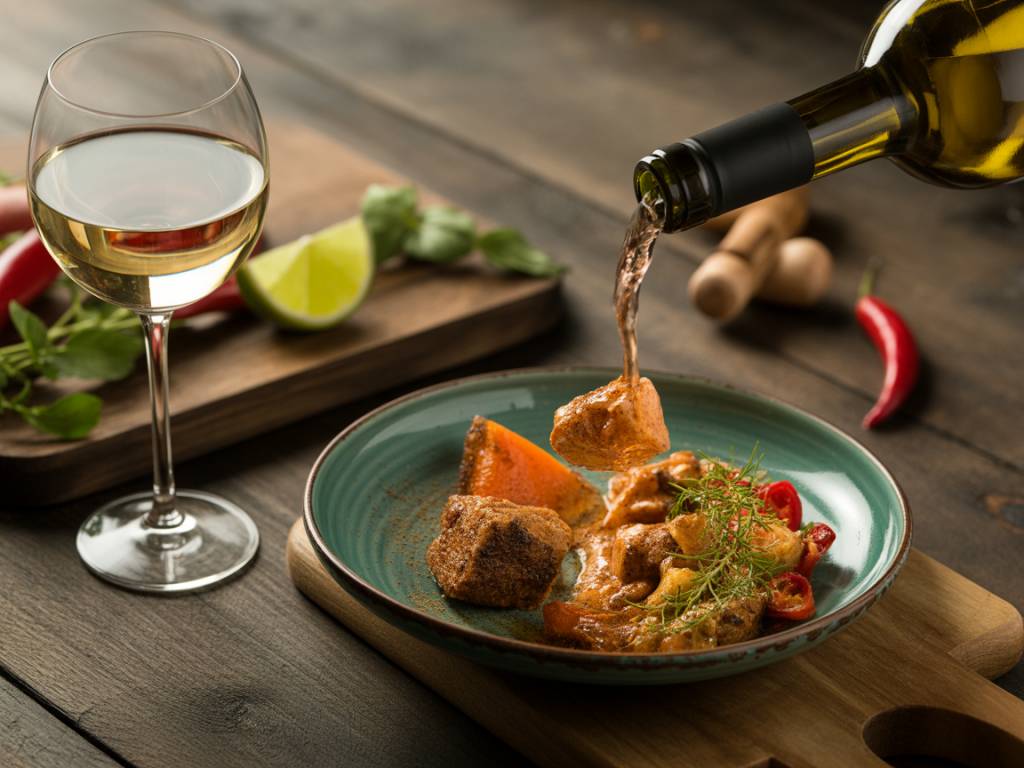
How to enjoy aromatic white wine with spicy global cuisines
Understanding the Dance Between Aromatic Whites and Spice
Pairing wine with spicy food can feel like walking a culinary tightrope. Too much alcohol, and the spice becomes a flame. Too little acidity, and the food takes over. But aromatic white wines? They’re your tightrope pole — balanced, expressive, and built for the challenge.
If you’ve ever tried Gewürztraminer with Thai curry or Off-Dry Riesling with Sichuan peppercorns, you know what we’re talking about. The nuance, the contrast, the harmony — it’s like jazz on your palate.
Let’s break down why certain white wines shine alongside spicy global dishes, and how you can make pairings that elevate both the wine and the food.
What Makes an Aromatic White Wine Stand Out
Before diving into pairing specifics, it’s worth pausing to understand what we mean by “aromatic white wine.” These are wines known for their pronounced floral, spicy, or fruity aromas — think honeysuckle, lychee, orange blossom, jasmine, ginger, and tropical fruits. Wines that speak before you even taste them.
Common aromatic whites include:
- Gewürztraminer: intensely floral, often spicy, low in acidity but high in perfume.
- Riesling: especially when off-dry, it delivers high acidity and a complex bouquet — from lime and peach to petrol and slate.
- Moscato: low alcohol, lightly fizzy, and packed with peaches and citrus zest.
- Albariño: more restrained aromatics but excellent freshness and a saline edge that works well with Asian heat.
- Viognier: heady floral notes, soft texture, and often a touch of oiliness.
These varieties might come from Alsace, the Finger Lakes, Washington State, or even Australia. Their unique aromatic signature allows them to stand up to spices without being overwhelmed — and they often make the food taste better too.
Why Spice and Aromatics Are Natural Partners
Let’s put it this way: capsaicin — the compound responsible for heat in chili peppers — doesn’t play nicely with tannins or high alcohol. That’s why your go-to Cab or Syrah tends to clash with Indian vindaloo. What you need is:
- Low to moderate alcohol (12.5% or lower is ideal)
- Residual sugar to soothe the heat and provide contrast
- High acidity to keep things bright and refreshing
- Aromatic complexity to layer with spice-driven dishes
Aromatic whites tick all these boxes. Their slightly sweet edges and vivid aromas cushion the sting of spice and accentuate the food’s own complexity.
Pairing Suggestions from Around the World
Let’s get specific. Here are some aromatic white wine pairings that I’ve tested both at tastings and dinners with clients. The goal? Flavor synergy without overpowering either element.
Thai Cuisine + Off-Dry Riesling
Think: lemongrass, coconut milk, chili, and lime — Thai cuisine is a symphony of contrasts. An off-dry Riesling from Mosel or Washington State can tame the heat while echoing the citrus and floral qualities in the food.
Try it with: Green curry with shrimp, pad Thai, or papaya salad with chili-lime dressing.
Indian Dishes + Gewürztraminer
The floral, spicy character of Gewürztraminer mirrors the complexity of Indian spices — cumin, coriander, fenugreek, turmeric, and cardamom — without trying to dominate them. Avoid vintages with too much alcohol, though — 13% or less is your sweet spot.
Try it with: Chicken tikka masala, aloo gobi, or paneer jalfrezi.
Sichuan Dishes + Moscato d’Asti
Between the numbing Sichuan peppercorns and the searing chili oil, this cuisine demands a soft landing. Slightly sparkling Moscato d’Asti (around 5.5% alcohol) offers playful sweetness and low fizz — perfect for lightening the burn and refreshing the palate.
Try it with: Dan dan noodles, kung pao chicken, or mapo tofu.
Korean BBQ + Viognier
BBQ beef short ribs (galbi), gochujang-laced pork, spicy kimchi — Korean cuisine brings layered, fermented heat. Viognier, with its stone fruit and floral notes, and creamy texture, rounds out the savoriness without clashing.
Try it with: Gochujang-marinated pork belly or bibimbap with chili paste.
Mexican Food + Albariño
From mole to tacos al pastor, Mexican food spans a wide heat and flavor spectrum. Albariño, grown in Spain’s Rías Baixas or Oregon, has zippy acidity and subtle salinity, which handle spices and complement ingredients like lime, cilantro, and fresh seafood beautifully.
Try it with: Ceviche, shrimp tacos, or pork pibil enchiladas.
Practical Tips for Serving and Selecting
When planning these pairings at home or for a wine dinner, a few tactical considerations make all the difference:
- Serve slightly chilled: Around 45–50°F (7–10°C) allows aromas to shine while keeping the perceived sweetness in balance.
- Avoid oak-aged whites: Oak introduces tannin and toast that can muddle spice harmony. Stick to stainless steel or neutral fermentation.
- Read the label for sugar and acid clues: « Off-dry, » “semi-sweet,” or a low alcohol percentage (below 12%) typically indicate some residual sugar — your ally against heat.
- Decant if needed: Some Gewürztraminers or aged whites benefit from aeration to unfold complex aromas.
Personal Anecdote: Spice and Riesling in Anchorage
Two summers ago during a rare clear Anchorage evening, I hosted a Riesling tasting paired with a five-course spicy Asian fusion dinner. One memorable dish: ginger-chili-glazed halibut cheeks, paired with a Finger Lakes semi-dry Riesling from Hermann J. Wiemer. The acidity cut through the glaze, while the honeyed citrus notes danced with the ginger heat. Silence followed that course — the good kind, where all you hear is forks returning to plates and murmurs of satisfaction. That’s the power of a thoughtful pairing.
Looking Ahead: Experiment With Purpose
Don’t be afraid to experiment, but do so with understanding. Not all spice is the same — chili heat differs from wasabi pungency, which differs again from the dry warmth of Jamaican jerk spice. The key is to match intensity, find a common aromatic thread, and balance the palate with acidity or sweetness.
Next time you’re contemplating takeout curry or firing up the stovetop for a batch of spicy noodles, reach past the IPA and into your wine fridge. A well-chosen aromatic white can do more than keep pace — it can transform the meal entirely.
Trust your senses, respect the balance, and let your palate lead the way. And if you’re unsure? Start with a chilled off-dry Riesling and build from there. It rarely steers you wrong.
